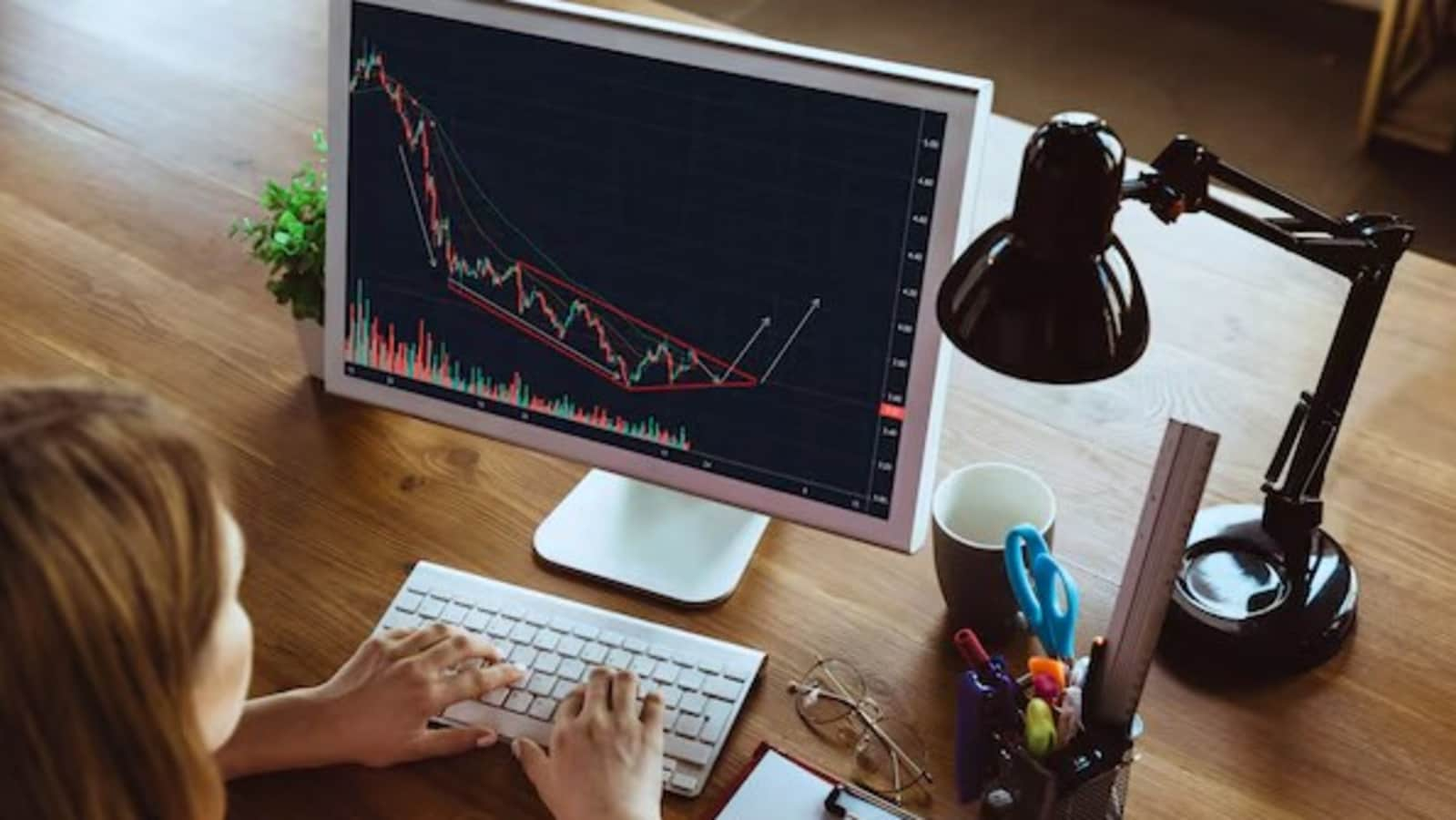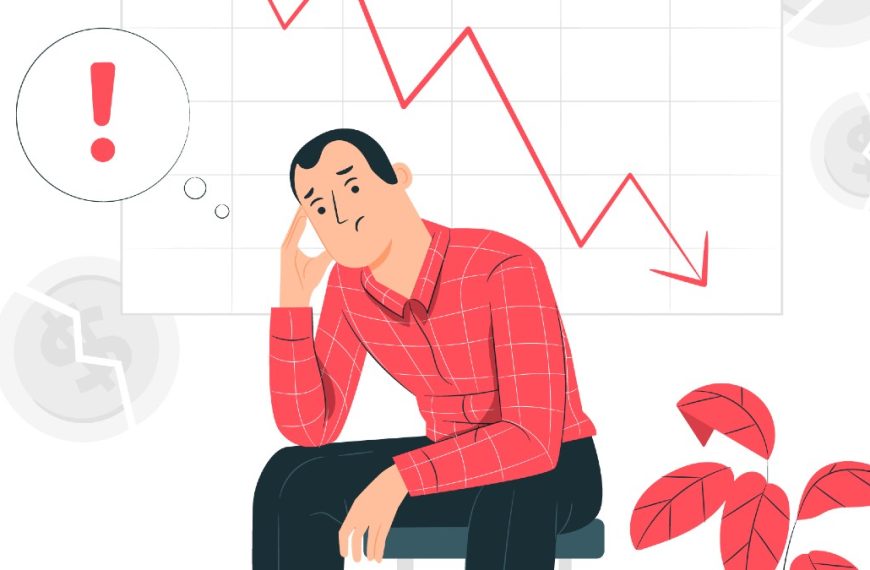On Thursday, April 3, the stock market showcased resilience in certain sectors, particularly in metals like steel and aluminum. This stability comes as a result of the U.S. government’s decision, led by President Donald Trump, to maintain existing tariffs on Indian imports at 25%. While the broader market experienced fluctuations, stocks in the steel and aluminum industries stood their ground.
Steel and Aluminum Stocks Remain Strong
Despite a turbulent trading atmosphere, steel and aluminum stocks have managed to maintain their value. President Trump, during his address on ‘Liberation Day,’ confirmed that tariffs on these metals from India would remain unchanged. Anshul Jain, the Head of Research at Lakshmishree Investment and Securities, noted that this has encouraged investors, stating, “The stability in these stocks reflects a positive sentiment among bulls who are betting on their continued performance in the market.”
Top Performers in the Metal Sector
- Jindal Stainless (Hisar)
- Tata Metalik
- NMDC Steel
These companies saw their shares increase by 1-4% during trading. Meanwhile, established names like SAIL and Tata Steel also made modest gains, up to 0.50%. However, Vedanta experienced a decline of 3%, and Hindalco fell by 1.35%. Overall, the Nifty Metal index dipped by 0.75%, settling at 9,080.05.
The Broader Market’s Reaction to Tariffs
In contrast, major indices like the Nifty 50 and the BSE Sensex fell by 0.50%, largely due to the 26% tariffs imposed by the Trump administration on imports from India. Dr. VK Vijayakumar, Chief Investment Strategist at Geojit Investments Limited, expressed concern about the impact of these tariffs. “The unexpected tariffs could provoke retaliatory actions from other nations, leading to potential trade wars that may hinder global trade and economic growth,” he warned.
The implications are significant; higher inflation rates in the U.S. could complicate the Federal Reserve’s ability to implement anticipated rate cuts in 2025. Consequently, the likelihood of a U.S. recession by the end of that year has risen, posing a threat to both the global economy and stock markets.
Conclusion
In summary, while the steel and aluminum sectors show resilience amid external pressures, the broader market faces challenges from tariff implications. Investors are advised to keep a close eye on developments, especially in light of potential retaliatory tariffs that could reshape the trading landscape. As market dynamics evolve, staying informed will be crucial for making strategic investment decisions.











